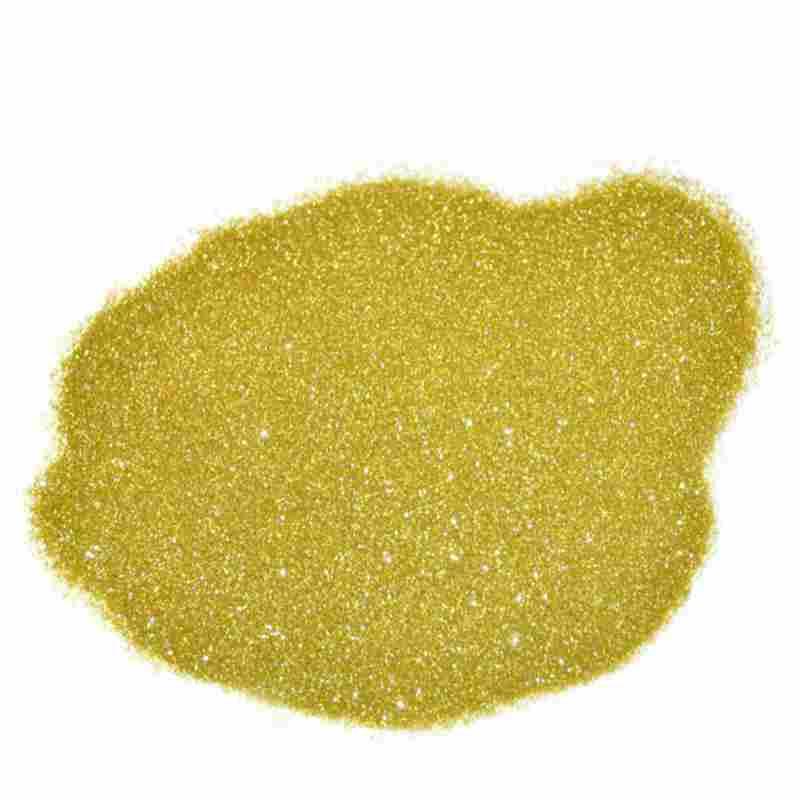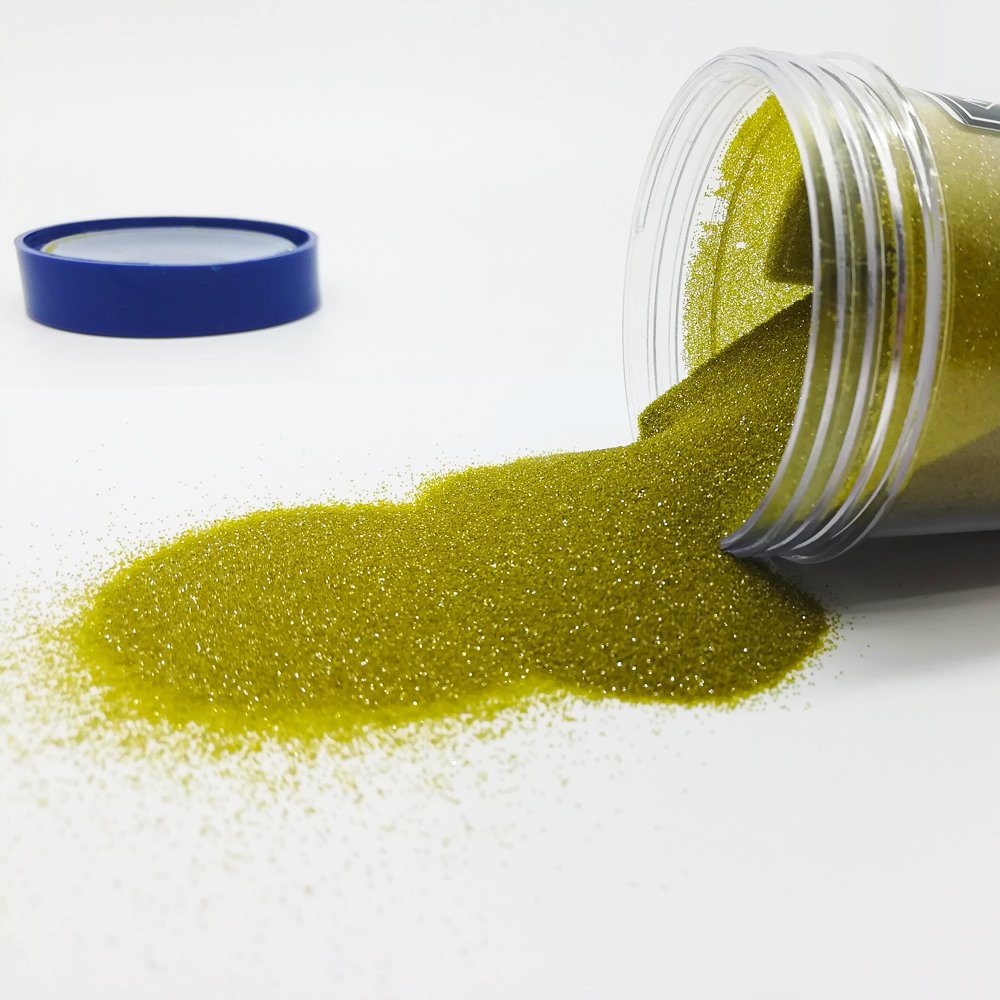Diamond polishing powder for optical lenses polishing
What is optical lens?
In terms of materials, optical lenses/lenses are mainly divided into two categories: plastic lenses and glass lenses; in terms of manufacturing processes, they are further divided into spherical lenses and aspherical lenses. Plastic lenses facilitate automated batch processing, while glass lenses require grinding and processing one by one, which is more difficult. Nowadays, aspherical plastic lenses are mainly used in mobile phone applications. The advantage of plastic lenses is that they are easy to mass produce, while the advantage of glass lenses is that they have higher light transmittance. In addition, there are glass-plastic hybrid lenses that combine the features of both. The processing techniques are different, and the polishing procedures are also different.
The process after fine grinding is polishing. Use appropriate polishing liquid or diamond polishing powder to polish the finely ground lenses. Make the appearance more comfortable and exquisite.
Optical lenses are made of optical glass, which usually processed by cutting, grinding, polishing, edging, backing, etc. grinding fluid and diamond polishing powder are needed to assist for polishing. Optical lenses usually used in mobile phones, cameras, camcorders, drones, projectors, and LCD monitors ect optical consumer goods industries.
There are three mainstream polishing methods for optical lenses: mechanical polishing, chemical polishing and chemical mechanical polishing. All three require grinding fluid and diamond polishing powder. Generally, grinding fluid is used for rough grinding, and diamond polishing powder is used for precision grinding. The diamond polishing powder is usually used in the next step of the grinding fluid.
Polishing refers to a processing method that uses mechanical, chemical or electrochemical effects to reduce the surface roughness of the workpiece to obtain a bright and smooth surface.
Polishing cannot improve the dimensional accuracy or geometric shape accuracy of the workpiece, but is intended to obtain a smooth surface or mirror gloss. Sometimes it is also used to eliminate gloss (matting).
There are three mainstream polishing methods for optical lenses: mechanical polishing, chemical polishing and chemical mechanical polishing. All three require grinding polishing fluid (powder), which can be divided into diamond polishing powder and diamond compound (the industry also calls polishing fluid abrasive fluid or grinding fluid abrasive fluid). Generally, diamond compound is used for rough grinding, and diamond polishing powder is used for precision grinding. diamond Polishing powder is usually used in the next step of the grinding fluid.
Mechanical polishing
Mechanical polishing is a polishing method that relies on cutting and plastic deformation of the material surface to remove the polished convex parts to obtain a smooth surface. Generally, oilstone strips, wool wheels, sandpaper, etc. are used, and manual operations are mainly used. For those with high surface quality requirements, super polishing can be used. The method of grinding and polishing.
Super-precision polishing uses special abrasives, which are pressed against the surface of the workpiece to be processed in a polishing fluid containing abrasives to perform high-speed rotation. This method is often used for optical lens molds.
Chemical polishing
Chemical polishing is to allow the microscopic convex parts of the surface of the material to be dissolved preferentially in the chemical medium than the concave parts, thereby obtaining a smooth surface.
The main advantage of this method is that it does not require complex equipment, can polish workpieces with complex shapes, and can polish many workpieces at the same time, with high efficiency. The core issue of chemical polishing is the preparation of polishing fluid.
Mirror polishers use the surface flow and chemical action principles of polishing equipment and diamond polishing powder to achieve transparency with specified appearance and spherical accuracy.
The material of polishing powder is usually made of cerium oxide, aluminum oxide, silicon oxide, etc. Different materials have different hardnesses and different chemical properties in water, so they are used in different situations. Currently, the polishing powder used for polishing glass lenses is based on cerium oxide. Lord.
Polishing powder, usually composed of cerium oxide, alumina, silicon oxide, iron oxide, zirconia, chromium oxide and other components. Generally, the polishing powder with a higher concentration is used when the polishing mold is combined with the polishing mold at the initial polishing stage. After the surface of the lens is bright, a polishing powder with a thinner concentration is used to avoid surface atomization caused by the mirror. Cerium based rare earth polishing powder has the advantages of strong cutting ability, short polishing time, high polishing precision, clean operating environment, etc., better than other polishing powder (such as Fe2O3 red powder), used for optical lenses, surface glass, natural crystal, liquid crystal display screen, various prisms and mirrors polishing.
When polishing with a polishing machine and polishing powder or polishing fluid, you need to set polishing time, pressure and other parameters. Clean and soak immediately after polishing, otherwise the polishing powder will solidify on the glass and leave traces.
Lapping slurry
Lapping slurry is mainly divided into diamond, silicon oxide, cerium oxide, aluminum oxide and silicon carbide lapping slurry. It is an important grinding and polishing liquid for major optical lenses. It can also be used for grinding high-precision components, such as silicon wafers, sapphire wafers, LED chips, crystallized glass substrates, integrated circuit photo-masks, hard disk substrates, magnetic heads, and ceramics. , fiber optic connectors, etc. The abrasive is freely distributed in the dispersion. The principle that the hardness of the abrasive is greater than the hardness of the workpiece to be ground is used to achieve grinding and thinning of the workpiece. Mechanical grinding liquid is generally used for rough grinding, and subsequent precision grinding and polishing is required.
Based on the precision requirements of optical lens grinding and polishing, new processing technologies have been developed, such as CNC grinding and polishing technology, stress disk polishing technology, ultra-smooth surface processing technology, malleable grinding processing, elastic emission polishing method, laser polishing, vibration polishing, etc. These new technologies have fully adapted to the requirements of the rapid development of the optical field.
Diamond polishing powder
Diamond polishing powder is divided into polycrystalline diamond powder, single crystal diamond powder, nanodiamond.
Polycrystalline diamond powder
▲Polycrystalline diamond
Polycrystalline diamond is synthesized by an explosive method. Its particle crystal structure is very similar to natural black diamond, and is combined into a polycrystalline structure through unsaturated bonds. Compared with single crystal diamond, polycrystalline diamond has more crystal edges and grinding surfaces. Each crystal edge has cutting ability, so it has a high removal rate. Polycrystalline diamond has toughness and self-sharpening properties. During the polishing process, coarse particles will be broken into smaller particles, which can avoid scratches on the surface of the workpiece. It not only ensures the surface quality of the workpiece, but also improves the grinding and cutting efficiency. In a certain It shows its unique advantages during the processing of products with high quality requirements.
Polycrystalline diamond powder is mainly used in: grinding and polishing of sapphire substrates, optical crystals, hard disk heads, etc.
Single crystal diamond powder
Single crystal diamond is made from high-quality diamond as raw material and undergoes strict processes such as ball milling, classification and purification.
Mainly used:
(1) Fine grinding or polishing of various precision components in industry, science and medicine;
(2) Used in the manufacture of resin bonding tools, metal bonding tools and electroplating tools;
(3) Used as fine abrasives for mold processing, gemstone polishing, and gemstone bearing processing and manufacturing;
(4) Used as functional materials, for example: utilizing their thermal and electrical properties.
Nanodiamond
Nanodiamond is synthesized by the detonation of high-energy explosives under negative oxygen conditions. At the moment of detonation, the ultra-high pressure and high-temperature conditions necessary for the synthesis of diamonds are generated. At the same time, the free carbon atoms produced by the explosives form nanometer-sized diamond particles. Nanodiamonds are different from ordinary static pressure synthetic diamond. It has a spherical shape without edges and corners, and the size of single crystal grains is only a few nanometers.
▲Nano diamond
Nanodiamond polishing powder is mainly used as ultra-precision polishing and grinding materials for ultra-precision polishing of magnetic heads, hard drives, gemstones, hard glass, ceramics and cemented carbide.
Lapping slurry concentration
The concentration of the slurry during the polishing process determines the polishing speed. The greater the concentration, the higher the polishing speed. When using small particle polishing powder, the slurry concentration should be appropriately lowered.
—EDITOR: Doris Hu, Anna Wang
—POST: Doris Hu




